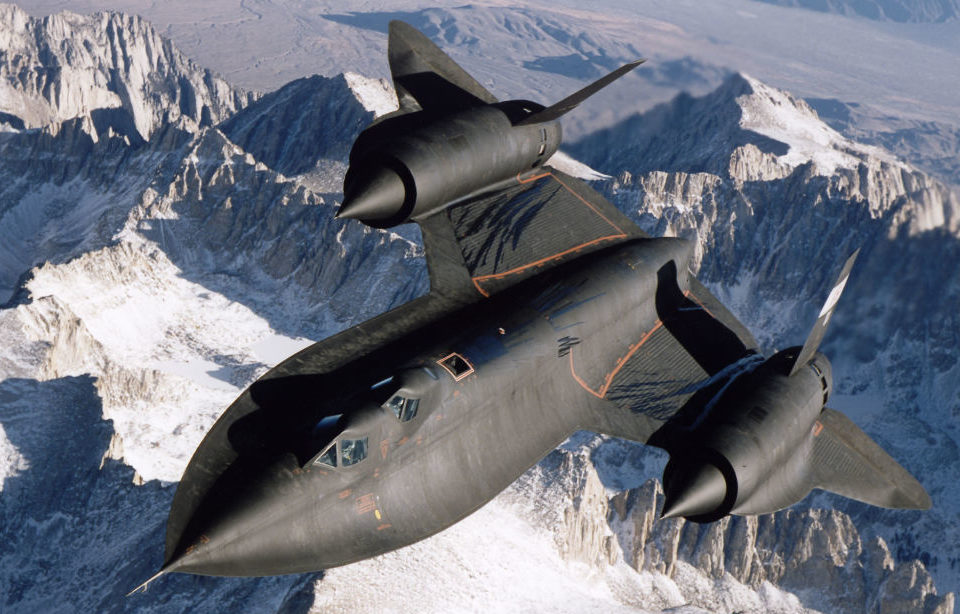Aviation technology rapidly advanced during the 20th century, but as the aircraft advanced, so too did the machines and technology designed to detect them. In the early 1960s, Lockheed set out to make a sleek and fast reconnaissance aircraft, made out of the best material there was: titanium. The issue, however, was that most titanium came from the Soviet Union.
A special aircraft requires special materials
The SR-71 Blackbird project was run through Lockheed’s Skunk Works. The aircraft was intended to be an update on the A-12, the company’s previous reconnaissance plane. The lead engineer on both projects was Clarence “Kelly” Johnson.
Developers working on the project were under intense pressure and tight deadlines from the US government. During his 1964 presidential campaign, Republican candidate Barry Goldwater slammed President Lyndon B. Johnson for allowing the United States to fall behind the USSR when it came to military technology.
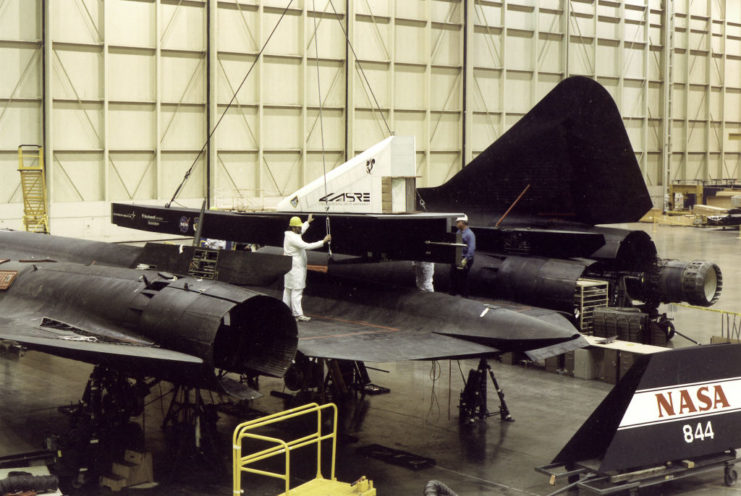
The SR-71 was designed to be bigger than the A-12, so it could carry more fuel and allow for the installation of a dual-cockpit. At the same time, the updated aircraft needed to be faster than its predecessor. The project was challenging for the engineers at Lockheed, with Johnson recalling a number of years later, “Everything had to be invented. Everything.”
Lockheed engineers came up with a solution
The SR-71 Blackbird was meant to be blazingly fast, capable of traveling up to 2,000 MPH and holding this speed for hours at a time. The issue was that this created atmospheric friction that could melt the airframe, as its edges exceeded 1,000 degrees Fahrenheit.
The only solution to the problem was to clad the plane with titanium. As Lockheed describes, “Titanium alloy was the only option for the airframe – providing the strength of stainless steel, a relatively light weight and durability at the excessive temperatures.”
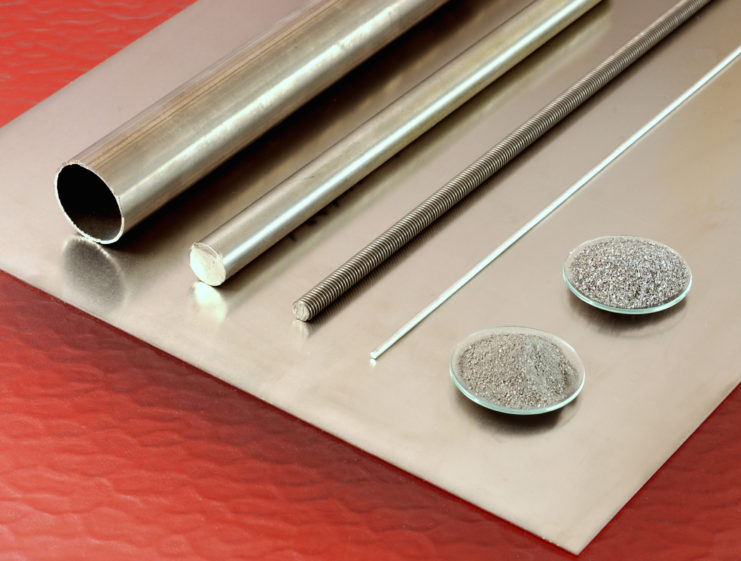
The material quickly proved to be difficult to work with, as it was incredibly sensitive and brittle. The engineers at Skunk Works would break the alloy while working on it with cadmium-plated steel tools. As a result, new tools needed to be built out of titanium. The machinists on the line also had to be trained on how to best work with the material.
Titanium wasn’t readily obtainable
Along with the material being difficult to work with, titanium was also hard to find. The US didn’t have the ore necessary to produce it. The biggest producer of the material was the Soviet Union. At the time, both countries were in the midst of the Cold War, and the US government didn’t want to give the Soviets any hints as to what they were up to.
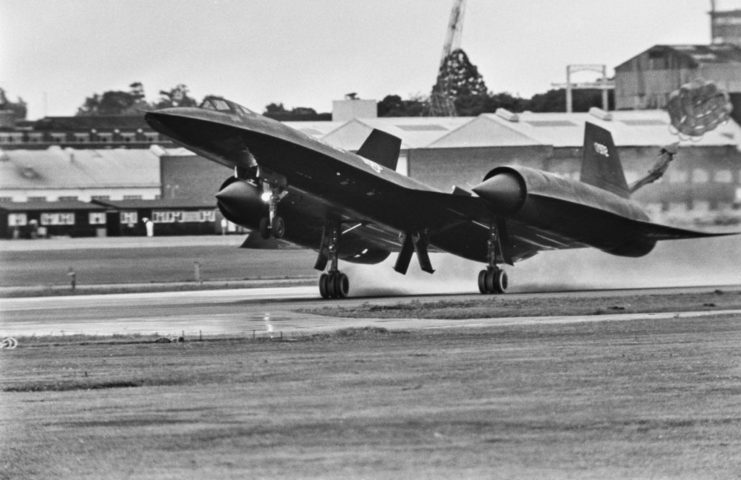
Col. Rich Graham, an SR-71 pilot and former wing commander, explained to the BBC:
“The airplane is [92 percent] titanium inside and out. Back when they were building the airplane the United States didn’t have the ore supplies – an ore called rutile ore. It’s a very sandy soil and it’s only found in very few parts of the world. The major supplier of the ore was the USSR. Working through Third World countries and bogus operations, they were able to get the rutile ore shipped to the United States to build the SR-71.”
The SR-71 Blackbird proved itself during the Yom Kippur War
The US was very interested in the Yom Kippur War, a conflict between Israel and a coalition of Arab states – and the SR-71 Blackbird was the perfect reconnaissance tool to see what was happening. Pilots were deployed on missions ranging from between three and four hours, with some taking as long as 11 hours to complete, and they were tasked with gaining information about the positions of both sides.
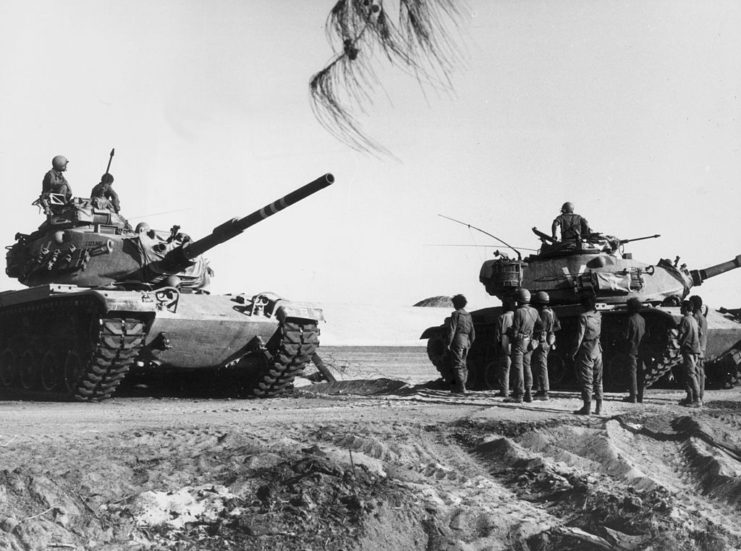
Col. Rich Graham told the BBC:
“The President wanted to find out whether the Arabs and the Israelis had really moved back from the front line like they said they did. We went over there, took the imagery, came back and showed photographic proof they were both lying about where their forces were. He called both countries and said, ‘Get them back, I’ve got proof you’re not where you’re supposed to be.’ That’s what ended the Yom Kippur War.”
The legacy of the SR-71 Blackbird
The SR-71 Blackbird was operational from 1966 through to 1998, although NASA continued to use the aircraft for an additional year. During its service, it was continuously the fastest aircraft of its time. In addition to the Yom Kippur War, the SR-71 was also utilized during the Israeli invasion of Lebanon, the 1986 US raid on Libya and helped reveal Iranian Silkworm missile batteries.
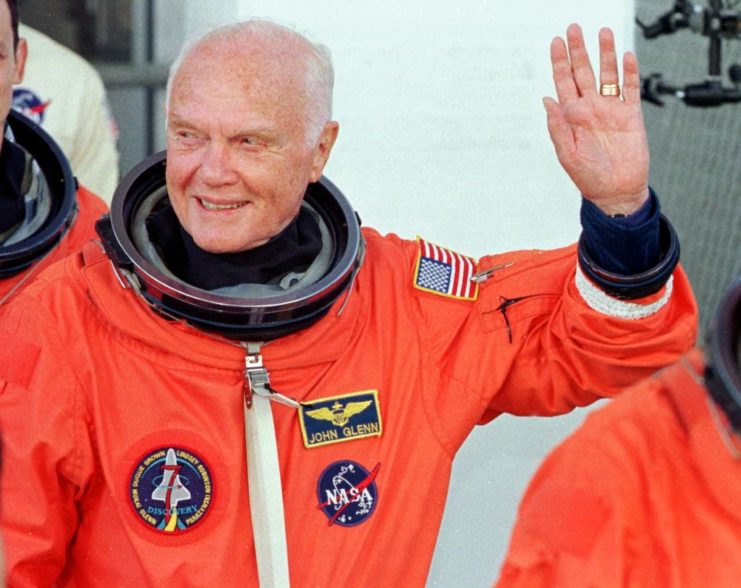
More from us: Lockheed AC-130: The Gunship That Provided Much Needed Support in Vietnam
Not everyone was happy when the decision was made to retire the aircraft. Former astronaut and Senator John Glenn wound up writing to President George H.W. Bush:
“Mr. President, the termination of the SR-71 was a grave mistake and could place our nation at a serious disadvantage in the event of a future crisis. Yesterday’s historic transcontinental flight was a sad memorial to our short-sighted policy in strategic aerial reconnaissance.”
